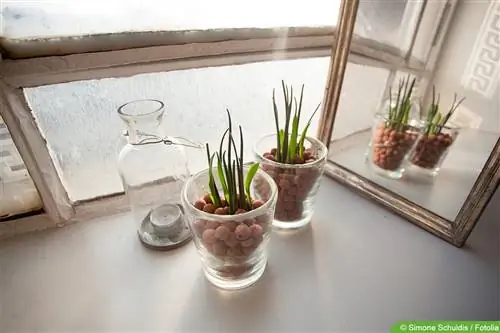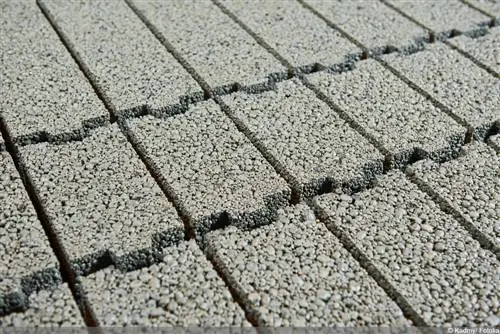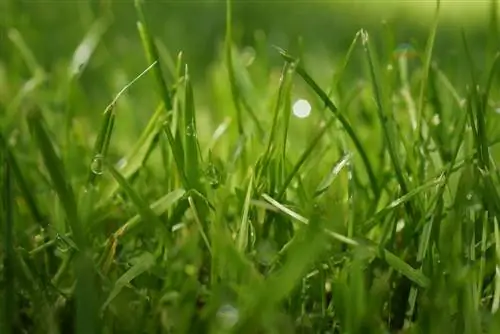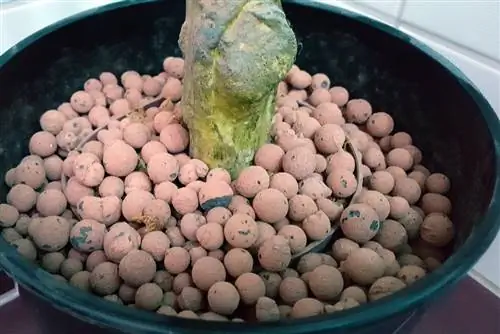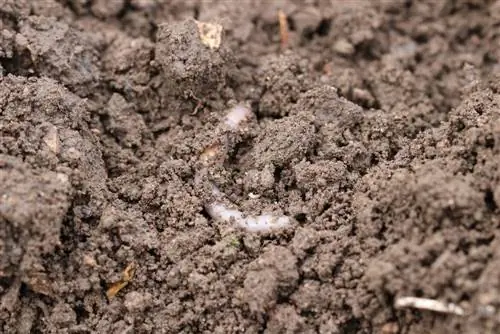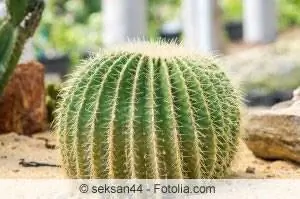- Author admin [email protected].
- Public 2023-12-17 03:39.
- Last modified 2025-01-24 12:45.
Expanded clay is made from clay that still contains fine organic material. During firing, these organic components are converted into carbon dioxide, which expands the clay balls and creates the porous structure.
Features
One reason why expanded clay is an alternative to potting soil is its many positive properties. Above all is the ability of these granules to absorb water. The clay balls have a porous surface that allows them to absorb moisture. They can store up to 300 times their volume in water. However, due to their solid core, they do not soak up water. They also release the moisture back into plants, for example.
The clay granules also have other advantages:
- stable
- fireproof
- insulating
- indestructible
- germ-free
- chemically neutral
- light weight
The clay granules are not only germ-free and no fungi or bacteria can settle in them, pests also have no chance of finding a basis for life there. This makes it particularly interesting for cultures that are very susceptible to these problems.
Note:
Because there are no chemical additives and the use of natural materials as raw materials, the clay granules are also very environmentally friendly. If you no longer use the granules, you can dispose of them in the compost, for example.
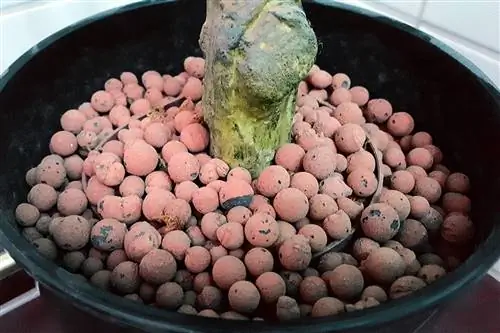
The clay beads can theoretically be used indefinitely due to their properties. If plants are replaced, the granules can be reused because they remain germ-free, which prevents the transmission of diseases. They are also very robust and can withstand great pressure.
Different grain size
Common products are available from Seramis, for example, which differ in their shape and the size of the grain. The two most common sizes are the 8-16 mm and 4-8 mm grits. The coarser grit is ideal for plants that have thicker roots, while the finer grit is better for plants with a delicate root network. There are other grain sizes, although the difference between the substrates is rather smaller and therefore has little impact on plants.
Tip:
If you can't decide on a grain size, you can also mix different sizes.
In addition to the grain size, the clay granules also differ in terms of their s alt content and pH value. The s alt content in particular varies greatly between individual products. This can be between two and 920 mg per 100 g of granules. For plants that are sensitive to s alt, you should choose a substrate with a low s alt content, which should be a maximum of 250 mg.
The pH value of clay granules is usually 7. This is an ideal value for most plants. If a different pH value is required, it is more difficult to change it with clay granules than with soil.
Fertilization required
Although the clay granules are the optimal basis for plants, they have the disadvantage that they do not contain any nutrients. This means that fertilization is essential when using expanded clay. Fertilizers are added at regular intervals with liquid fertilizer. You should stay away from solid, slow-release fertilizer as it takes longer until it is available to plants. However, you should be a little more careful with the spacing when fertilizing, because the clay granules not only store water very well, but can also absorb liquid fertilizer well.
With average nutrient requirements, fertilization is carried out every two weeks. Plants that require few nutrients can be supplied with liquid fertilizer every three to four weeks.
Note:
Using only liquid fertilizer has the advantage that it is available to the plants more quickly. The disadvantage, however, is that plants with high nutrient requirements in particular react sensitively if fertilizer is not applied regularly.
Use for indoor plants
The clay granules are often used for houseplants and if no other substrate is added, it is a so-called hydroculture. Theoretically, any plant can be cultivated in this form, there are just a few points to consider. You always need a water level meter. The disadvantage of clay granules is that you cannot feel how moist they are with your hand.
Planting as hydroponics:
- Remove the plant completely from the old substrate and rinse off any residue if necessary
- remove dried or broken roots
- shorten long roots
- Put the water level indicator directly into the granules or into the planter
- Fill the pot with a layer of granules
- Insert plant
- Fill pot with granules
- Water the plant
There is also simplified hydroponics. The plant is simply removed from the pot, but instead of repotting with soil, it is filled with clay granules. It is not necessary to loosen the root ball, but you will need a water level indicator.
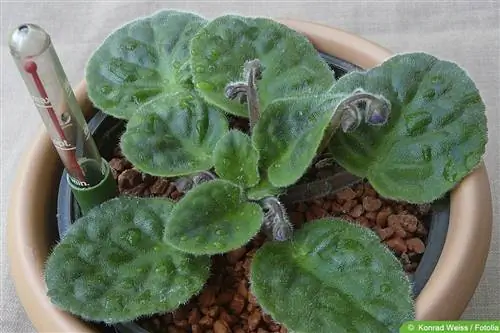
A plus point about clay granules is that they store water well, but waterlogging is very rare. However, it cannot be ruled out that inexperienced gardeners use too much or too little water, especially when planting new plants. Therefore, you should always use a water level indicator.
Note:
Hydroponics has a positive effect on the indoor climate. The humidity is significantly higher, which is particularly advantageous in winter.
Outdoor use
While expanded clay is often used for houseplants, it is not yet widespread in outdoor areas. It can also be used outdoors all year round and can even show off many of its strengths here. This not only includes its weather resistance and its slight insulating ability, but above all the granulate scores points with its weight.
This makes the clay granules particularly interesting in areas where the statics are not designed for large weights. Many people underestimate how heavy soil is on the balcony or roof terrace, which means that these areas can reach their limits.
Flower boxes are also easier to handle if they are at least partially filled with the clay granules. In sunny locations, however, you should pay more attention to regular watering, as the sun causes additional evaporation.
Tip:
However, the clay granules are suitable for extreme locations such as greening flat roofs. In this case, however, the granules are broken and mixed with some other substrate such as soil.

